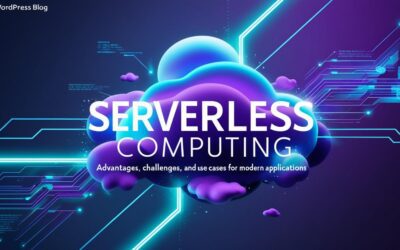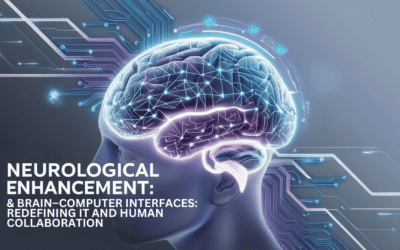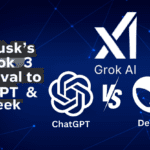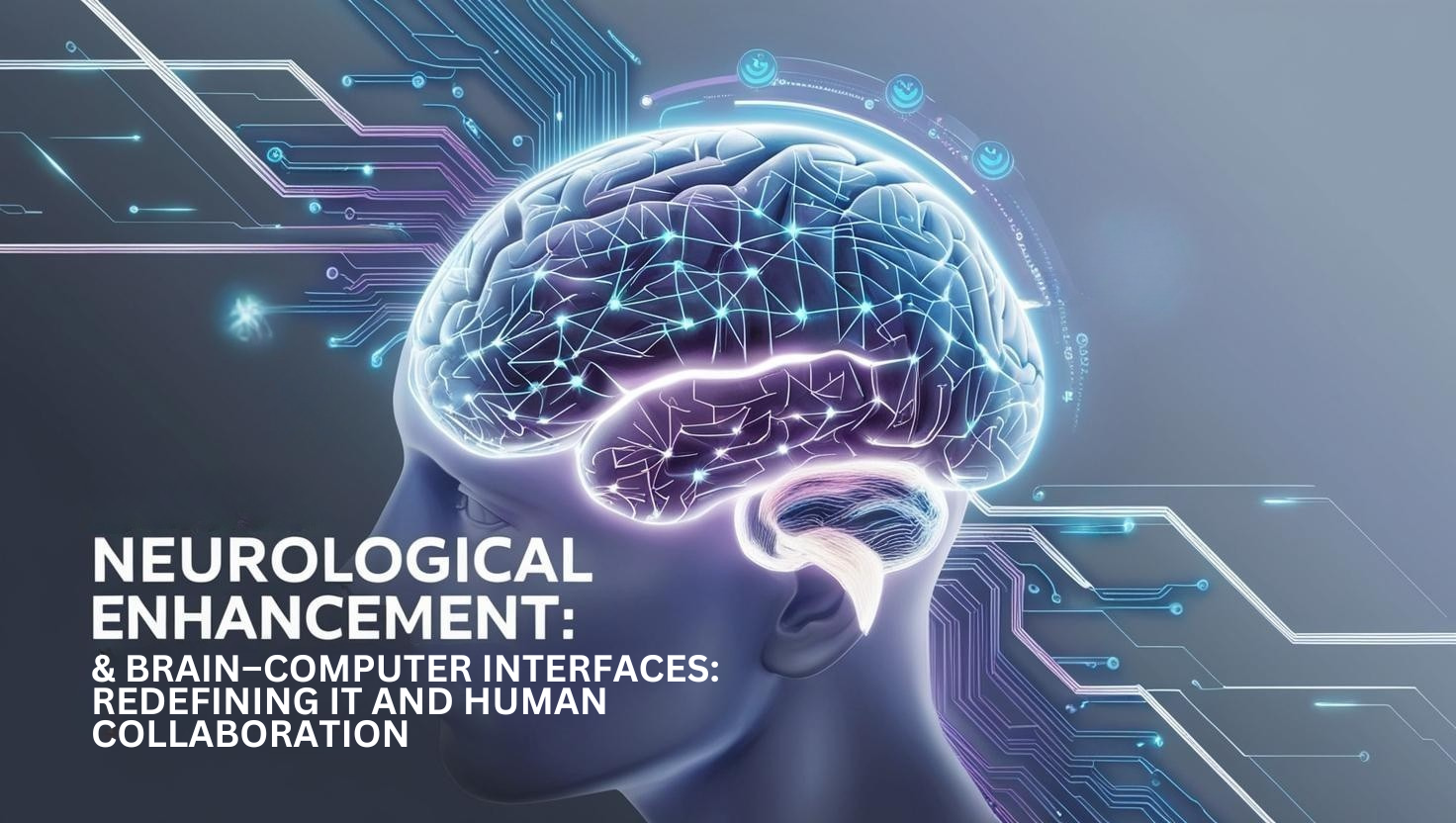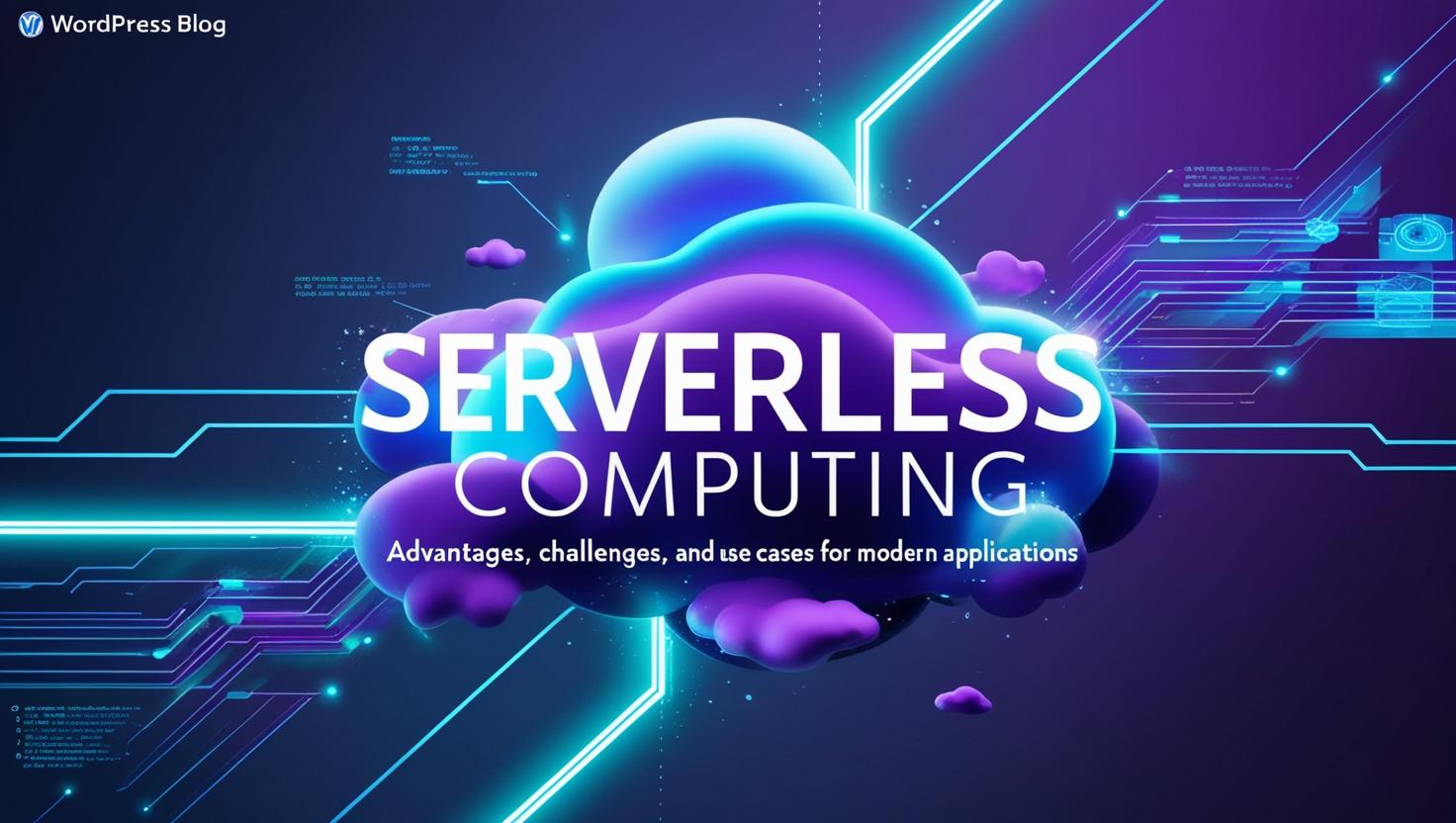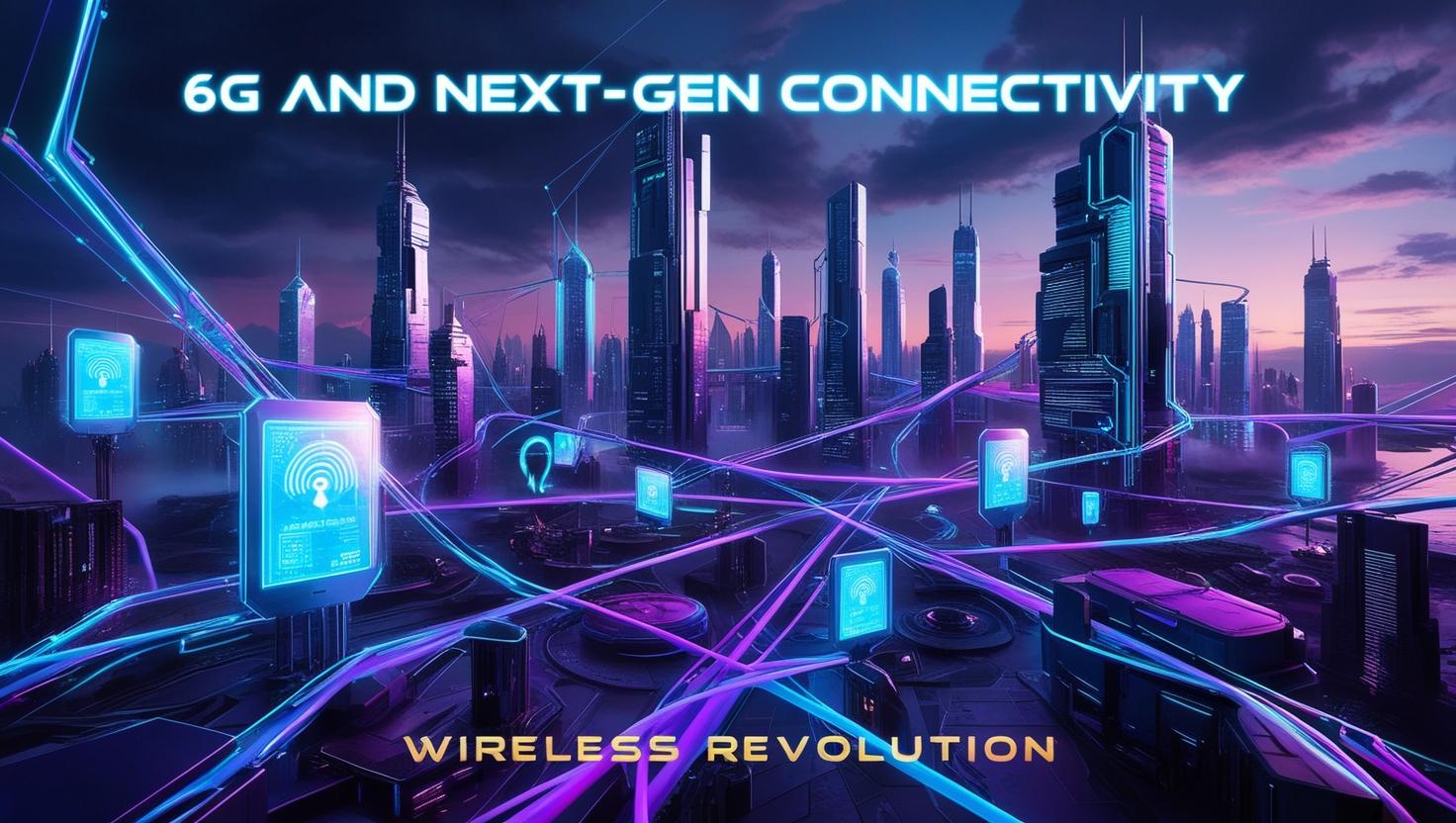The Future of Quantum Computing in IT: A Transformative Journey
Introduction: The Dawn of a New Era
Quantum computing is poised to redefine the boundaries of information technology, offering unprecedented computational power to tackle problems that classical systems cannot solve. As we enter 2025, the field has transitioned from theoretical promise to tangible innovation, with global investments surpassing $55 billion and 34 nations launching quantum initiatives. This article explores how the future of quantum computing in IT will reshape industries, address critical challenges, and unlock new frontiers in innovation.
Latest Developments in Quantum Computing: Breaking New Ground
1. Quantum Error Correction (QEC) and Scalability
The era of noisy intermediate-scale quantum (NISQ) devices is giving way to fault-tolerant systems. Companies like Riverlane and Microsoft are prioritizing Quantum Error Correction (QEC) to stabilize qubits and enable reliable operations. For instance, Microsoft’s partnership with Atom Computing produced a 24-logical-qubit system, marking progress toward error-resistant quantum machines. Google’s 105-qubit Willow chip and IBM’s 1,121-qubit Condor processor further highlight strides in scalability.
2. Diverse Qubit Technologies
Innovations in qubit platforms are expanding:
- Superconducting qubits (Google, IBM) dominate early development due to scalability.
- Trapped ions (Oxford Ionics) offer precision for niche applications.
- Diamond-based systems (Quantum Brilliance) enable room-temperature operation, ideal for edge computing.
- Photonic qubits (PsiQuantum) excel in secure communications.
3. Hybrid Systems and Cloud Access
Hybrid quantum-classical architectures are bridging the gap between theory and practice. IBM and AWS provide cloud-based platforms like Qiskit and Amazon Bracket, democratizing access for enterprises to test quantum algorithms in logistics, finance, and climate modeling.
Potential Applications in IT: Solving the Unsolvable
1. Cybersecurity and Post-Quantum Cryptography
Quantum computers threaten RSA encryption, but lattice-based cryptography and Quantum Key Distribution (QKD) are emerging as quantum-resistant solutions. Microsoft’s post-quantum cryptography initiative aims to secure data against future threats.
2. Optimization and Logistics
Quantum annealing is revolutionizing supply chain management. For example, Toyota reduced traffic congestion using D-Wave’s quantum systems, while Coca-Cola Japan optimizes inventory distribution.
3. AI and Machine Learning Acceleration
Quantum machine learning algorithms promise exponential speedups. Hybrid models, such as quantum neural networks, are enhancing fraud detection (PayPal-IBM collaboration) and drug discovery (Roche’s genomic analysis).
4. Data Processing and Simulation
Quantum systems excel at simulating molecular interactions for drug development and climate modeling. IBM’s quantum-powered weather forecasting now supports tech giants like Apple and Amazon.
Challenges to Widespread Adoption: Navigating the Roadblocks
1. Technical Hurdles
- Qubit Stability: Environmental noise and decoherence limit operational times.
- Error Rates: Current error rates (~2.9% in Google’s systems) must drop for practical use.
2. Economic and Infrastructural Barriers
- Costs: Building quantum foundries and maintaining cryogenic systems is expensive.
- Skill Gaps: Demand for quantum-literate professionals outpaces supply.
3. Regulatory and Standardization Issues
The lack of unified benchmarks and post-quantum security protocols complicates integration.
Strategies for Overcoming Challenges
- Collaborative Ecosystems: Partnerships like IonQ-NVIDIA and EU’s Quantum Flagship foster innovation.
- Hybrid Systems: Combining quantum and classical computing maximizes near-term ROI.
- Workforce Development: Universities are introducing quantum business leadership programs to bridge skill gaps.
Conclusion: The Path Forward
The future of quantum computing in IT hinges on balancing ambition with pragmatism. While technical and economic challenges persist, the convergence of hybrid architectures, error correction, and global collaboration signals a transformative decade ahead. As quantum systems leave labs for data centers—ushering in a “ChatGPT moment” for the field —IT leaders must prepare for a paradigm shift that redefines computation, security, and problem-solving.


